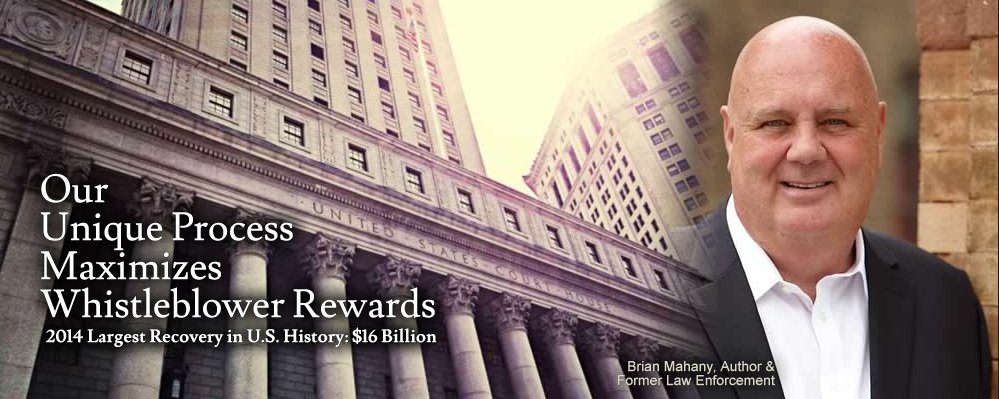The name Carlton Cabot has become synonymous with fraudulent tenants in common investments. In his heyday, Carlton Cabot and his investment company, Cabot Investment Properties, boasted over $2 billion dollars of high quality real estate investments. Just a few years later, most have failed or are worth far less than what investors paid.
These projects are scattered across the country. This post looks at the Cabot Creekside project in Lawrenceville, Georgia and one man’s attempt to get back the $1,000,000 he invested with Cabot in 2007. Although a California federal court ruled in the investor’s favor last month, we suspect he won’t be successful in collecting.
Tenants in Common (also called TICs) investments are real estate investments in which multiple parties own a fractional interest in property. These properties are frequently shopping centers and office buildings. They became popular after the Internal Revenue Service allowed their use in 2002 and said investors could defer capital gains on real estate transactions.
In the case of Cabot Creekside, the story of investor Donald Beyer is a good illustration of what happens when a TIC project goes south. According to a complaint filed in a California federal court, Beyer is 72 years old. In 2007 he sold an office building and sought a so-called “like kind exchange” in the hopes of deferring his capital gains. By investing in a tenants in common project, he hoped he would have money for his retirement.
According to the complaint, Cabot Investment Properties promoted itself as a provider of tenants in common projects that offered security, strong tenancy, predictable cash flow and conservative underwriting. It all sounded wonderful.
The offering memorandum for the Cabot Creekside project said the monies would be invested in a shopping center that enjoyed a 99.2% occupancy rate. Believing these claims, Beyer invested $1 million. 29 other investors put in $16.5 million more. If placing his retirement at risk wasn’t enough, Beyer and the others assumed personal liability for a mortgage loan of $39 million effectively giving the center a value of $55 million.
At closing, Cabot took $3.4 million of the top in “fees and compensation.” Included was a $350,000 due diligence fee.
Beyer received monthly distributions for just 10 months before the deal soured. Beyer contends that Cabot made false statements about the viability of the project and lied about the occupancy rate. Why? To collect his fees and commissions. If the deal didn’t close, Cabot did not get the $3.4 million compensation package.
Ultimately the $55 million property sold for just $9 million at a foreclosure sale.
Unlike most investors, Beyer filed suit against Cabot and his related entities. That suit was filed in March of this year. Shortly thereafter, the defendants defaulted meaning they did not answer the complaint. Late last month, U.S. District Court Judge Ronald Lew entered judgment for Beyer in the amount of $1,000,000 plus interest.
Although that sounds great, a judgment is nothing more than a piece of paper. It has little value without assets to back it up.
So what are the lessons here?
First, never trust the promoter of the project to conduct his own due diligence. There is an inherent conflict of interest as the promoter doesn’t get paid unless the project goes forward.
Next, suing the promoter is often an exercise in futility. The exceptions are if the promoter has assets or if their is a tax reason behind the suit. Depending on the nature of the project, the Internal Revenue Code offers favorable tax treatment for certain fraud losses. To qualify, the taxpayer often has to prove making a diligent effort to collect from the fraudster.
Finally, always look for third parties who may be liable. Often that means suing the broker or investment adviser that sold the bogus tenants in common interests.
Although he has yet to recover any money, Beyer may have been spared a much worse fate. Recall how the 30 TIC investors in Creekside personally guaranteed a $39 million loan. The paperwork behind these shady tenants in common scheme often makes the individual investors jointly and severally liable on the note. That means an unwary small investor could have found himself or herself with no money and liability for a $39 million mortgage!
The fraud lawyers at Mahany & Ertl represent tenants in common in a wide variety of settings. We can help pursue cases against third parties who sold the investments (often insurance agents, investment advisers or stockbrokers) and can defend you against foreclosure and claims for personal guaranties. Unlike some law firms, we will gladly represent groups of investors if there is an identity of interest.
For more information, contact attorney Brian Mahany at or by telephone at (direct dial).
Mahany & Ertl – America’s Fraud Lawyers. Offices in Milwaukee, Wisconsin; Detroit, Michigan; Portland, Maine; Minneapolis, Minnesota and San Francisco, California. Services available in many jurisdictions.
Want more information? Our Due Diligence blog has a search engine located in the upper right hand corner. For more information on specific topics, just click the fraud recovery tab or type in the name of a particular topic in the search bar. We have posted hundreds of informative articles on our site.

